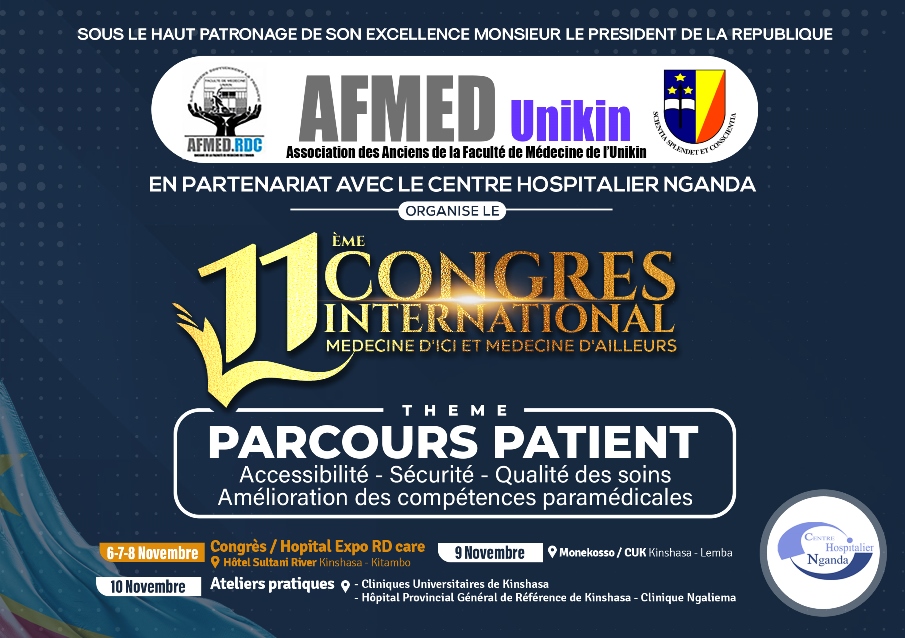Aimé Lukusa Kazadi,1 René Makuala Ngiyulu, 1 Jean Lambert Gini-Ehungu, 1 Jean Marie Mbuyi-Muamba, 2 and Michel Ntetani Aloni
Division of Paediatric Haemato-Oncology and Nephrology, Department of Paediatrics, University Hospital of Kinshasa, Faculty of Medicine, University of Kinshasa, Kinshasa, Democratic Republic of the Congo 2 Department of Internal Medicine, Faculty of Medicine, University of Kinshasa, Kinshasa, Democratic Republic of the Congo
Received 13 August 2016; Accepted 7 November 2016; Published 30 January 2017
Academic Editor: Aurelio Maggio
Copyright © 2017 Aim
Background.
The aim of this study was to investigate and determine the risk factors associated with poor growth among SCA children. Methods. A cross-sectional study was conducted in Kinshasa, the capital’s country. The nutritional status was assessed using the Z scores of the anthropometric indices.
Results.
We gathered data on the 256 patients, 138 females (53.9%), who entered the study. The mean age at presentation was 8.4 ± 4.9 years of age. Underweight, stunting, and wasting were found, respectively, in 47.7%, 10.5%, and 50.3% of SCA children.
A history of hand-foot syndrome, more than 3 blood transfusions, being less than 12 months of age when receiving the first transfusion,more than two severe sickle crises per year, amedical history of severe infections, and the presence of hepatomegaly were associated with poor growth. When comparing sickle cell patients under 12 years of age ( = 159) to a group of 296 age-matched children with normal Hb-AA, a significantly higher proportion of subjects with stunting and underweight were found among SCA.
Conclusion. Nutritional status encountered in Congolese sickle cell children has been
described for the first time in this study. A high prevalence of poor growth in SCA children was found in our study.
described for the first time in this study. A high prevalence of poor growth in SCA children was found in our study.
Hindawi Publishing Corporation
Anemia
Volume 2017, Article ID 7916348, 6 pages
https://doi.org/10.1155/2017/7916348
Anemia
Volume 2017, Article ID 7916348, 6 pages
https://doi.org/10.1155/2017/7916348









